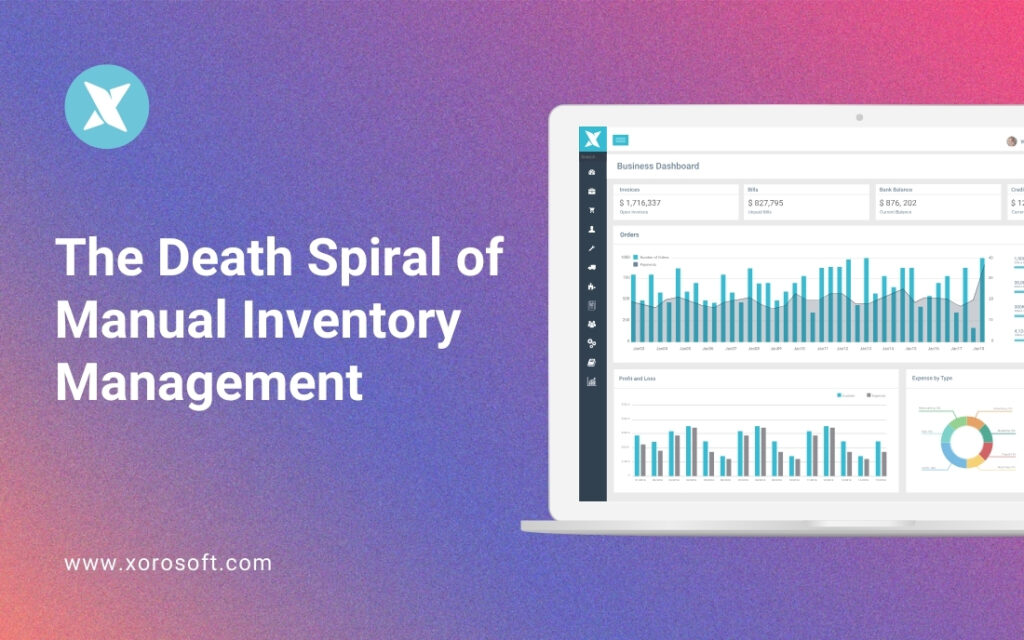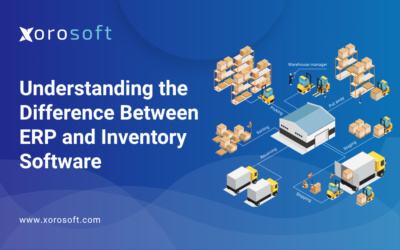
Why Manual Inventory Management Breaks at Scale
Manual inventory management may feel like a harmless habit, but it quickly becomes a business killer once your operations begin to scale. You start with a few SKUs and a spreadsheet. Then orders grow. Channels multiply. Fulfillment starts lagging, and warehouse mistakes pile up. Suddenly, you’re buried under backorders, refunds, and customer complaints.
Every extra SKU or sales channel adds complexity your spreadsheet can’t handle. Therefore, you don’t just lose time—you lose control.
The Cost of Manual Inventory Errors in Fast-Growing Businesses
Here’s what happens when you rely on manual systems:
-
You forget to update stock levels on Shopify.
-
An item shows “in stock,” but it’s not.
-
A customer places an order.
-
Your warehouse team can’t fulfill it.
-
Refund issued. Trust broken. Opportunity lost.
Moreover, manual inventory management also causes:
-
Warehouse mispicks and wasted labor
-
Overordering or underordering stock
-
Ineffective promotions due to bad visibility
-
Delayed month-end closes from misaligned data
Additionally, refund processing becomes a recurring headache. Not only do these errors affect internal efficiency, but they also damage customer satisfaction and loyalty.
How Disconnected Systems Worsen Inventory Control
Instead of a single unified system, most companies juggle:
-
Shopify for sales
-
QuickBooks for accounting
-
Excel for inventory
-
Shipping tools like ShipStation
-
Email threads for procurement
As a result, your tech stack becomes disconnected and error-prone. Since none of these tools talk to each other, you’re stuck with guesswork.
Consequently:
-
Stockouts happen due to outdated data
-
Overstock results from duplicated orders
-
Hours are wasted on double entry
-
Teams argue over conflicting numbers
Even so, many teams cling to outdated systems longer than they should. Eventually, this disjointed workflow turns into a bottleneck that slows down your entire operation.
To clarify, each disconnected tool adds risk, not flexibility.
How Leading Brands Replace Manual Inventory Workflows
To avoid this spiral, successful companies make the leap to cloud-based ERP systems like Xorosoft.
With a unified platform:
-
Inventory, orders, fulfillment, and accounting sync in real-time
-
Every update is reflected across the business instantly
-
Teams operate with consistent, accurate information
-
Operations become streamlined, not chaotic
For example, instead of chasing down spreadsheets, teams rely on dashboards that update as actions happen. What’s more, procurement and planning become predictive—not reactive.
In the meantime, your competitors are scaling with integrated platforms. On the other hand, companies using ERP reduce fulfillment errors by over 80%.
Furthermore, this shift improves collaboration across departments and reduces reliance on tribal knowledge or siloed data.
Why Xorosoft ERP Is Built for Inventory Optimization
Xorosoft ERP is designed to stop the chaos of manual inventory management—permanently. Because it’s cloud-native and API-first, deployment is fast and integrations are seamless.
🔄 Real-Time Inventory Across Channels
Your inventory updates live across Shopify, Amazon, and wholesale portals. Therefore, overselling becomes a thing of the past.
🛍️ View on Shopify App Store →
📦 Built-In Warehouse Management System (WMS)
Unlike bolt-on ERPs, Xorosoft includes a native WMS that gives full control over:
-
Bin-level inventory tracking
-
Barcode scanning for accuracy
-
FIFO/LIFO workflows
-
Wave-based picking and packing
Because of this, warehouses run with fewer errors and faster fulfillment cycles.
Not to mention, warehouse staff lose hours on unnecessary tasks without proper systems in place.
📈 Smart Demand Planning
In addition, Xorosoft forecasts inventory needs based on real-time data, automating:
-
Purchase orders
-
Supplier restocks
-
Low-stock alerts
This means you prevent stockouts without tying up cash in overstock.
💸 Integrated Accounting
You no longer need to toggle between QuickBooks and Excel. Xorosoft’s built-in accounting features allow for:
-
Real-time COGS tracking
-
Journal entry automation
-
Instant access to financial reports
📊 Rated #1 for Ease of Use on G2 →
🔌 Seamless API Integration
Whether you use ShipStation, Avalara, or a 3PL, Xorosoft connects effortlessly. Plus, the open API ensures future scalability.
After all, your goal is efficiency—not micromanagement.
👉 Explore Features →
👉 Book a Free Demo →









